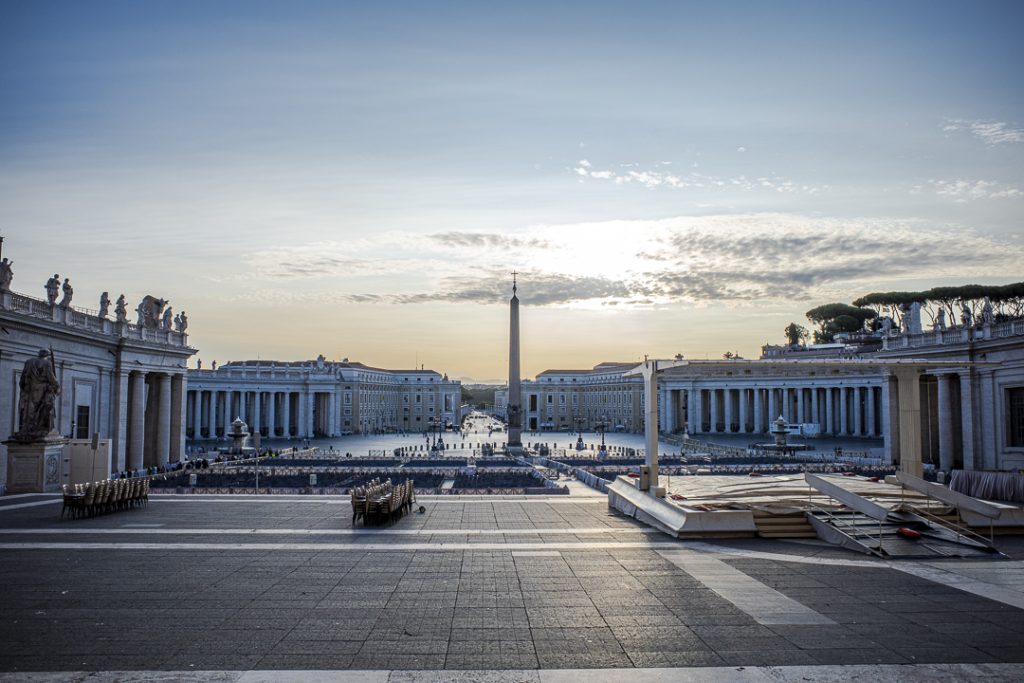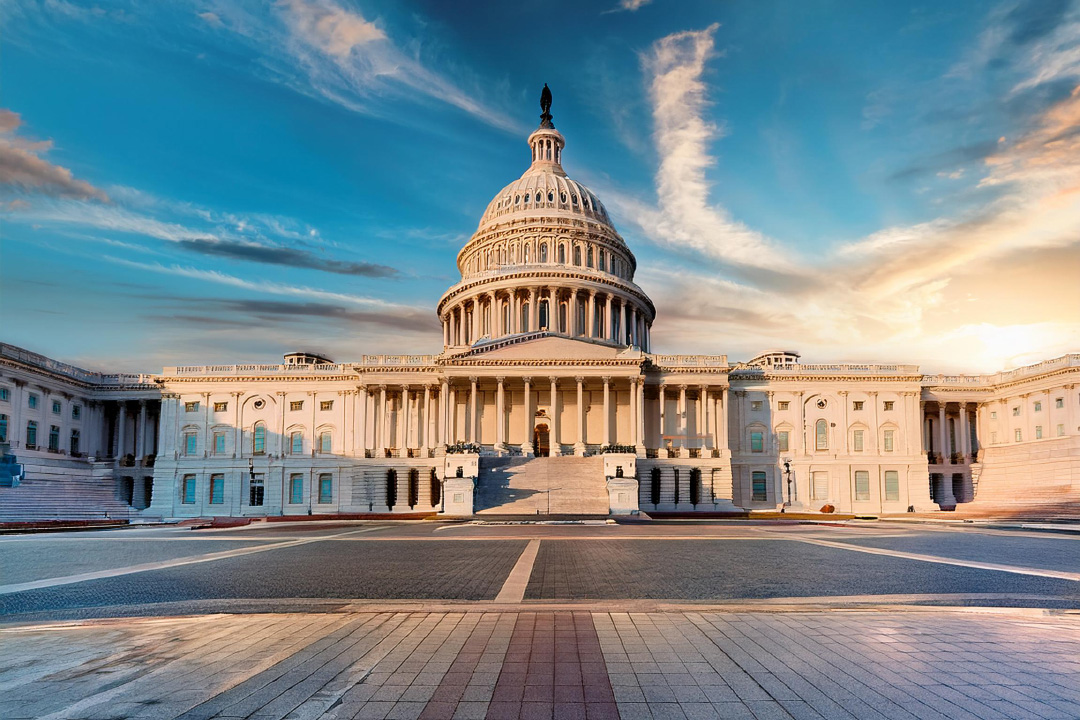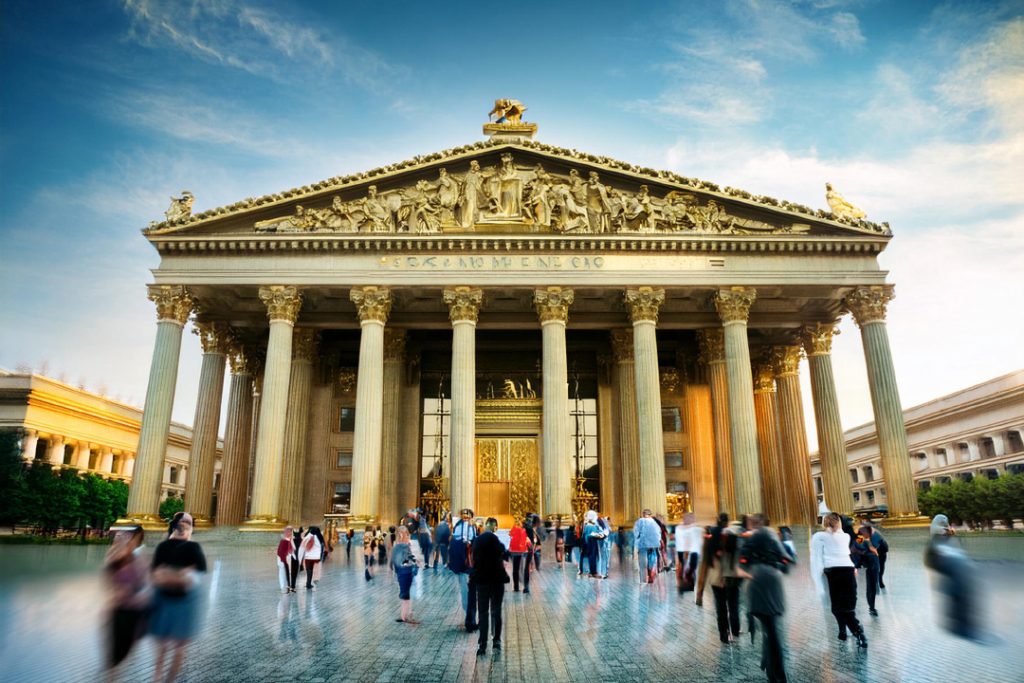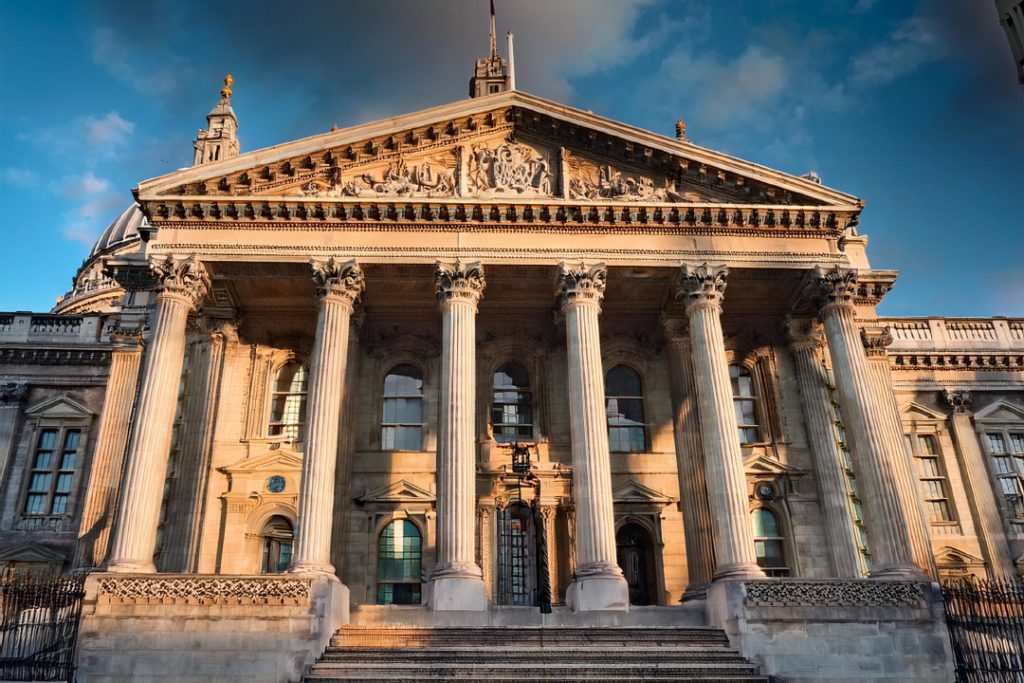Introduction to Governance Systems
Governance systems are the bedrock that keeps societies ticking. These frameworks decide who gets what and how decisions are made. They set the stage for everything from maintaining order to sparking growth and prosperity in a community.
Why Governance Systems Matter
Governance systems are more than just fancy words on paper. They’re the lifeblood of any nation. Good governance ensures:
- Law and order aren’t just slogans but realities.
- Everyone’s rights and freedoms are safeguarded.
- Resources are shared in a way that’s fair and just.
- Public services run like a well-oiled machine.
Plus, solid governance systems push for transparency, accountability, and public involvement. These traits are what glue the bond between the government and its people. If you’re curious about what makes a governance system tick, check out our deep dive on effective governance systems.
A Quick Look at Different Governance Systems
Governance isn’t one-size-fits-all. Different countries have different ways of running the show, each with its perks and quirks.
| Governance System | What It’s About | Countries That Use It |
|---|---|---|
| Democratic Governance | People calling the shots, free elections, majority rule, but protecting minority rights too | United States, Germany, India |
| Authoritarian Governance | Power centered at the top, limited political freedom, often one party or leader in control | China, North Korea, Saudi Arabia |
| Theocratic Governance | Run by religious leaders, laws based on religious texts | Iran, Vatican City |
| Monarchical Governance | Ruled by royalty, can be all-powerful or just figureheads | United Kingdom, Saudi Arabia, Thailand |
Each type of governance has its ups and downs. Democracies push for individual say and liberty, while authoritarian regimes often prioritize quick decision-making. To get the full picture, don’t miss our detailed article on governance systems framework.
Understanding different governance systems helps students see the bigger picture of how countries operate and tackle their problems. It’s a crash course in seeing the world through the lens of power, politics, and people’s lives.
What Makes a Real Democracy Tick?
What Sets Democratic Governance Apart?
A real democratic setup banks on principles of representation, participation, and equality. Let’s break it down:
- Honest Elections: You get to cast your vote in regular, transparent elections. No funny business.
- Rule of Law: Nobody’s above the law. Not me, not you, not the bigwigs in office.
- Divided Powers: Government’s split into branches—executive, legislative, and judiciary. Keeps things nice and balanced.
- Human Rights: You’re free to speak your mind, practice (or not) any religion, and get together for peaceful protests.
- Choice: More than one political party means you’ve got options. No one-party rule here.
| Characteristic | What It Means |
|---|---|
| Honest Elections | Regular, transparent elections for everyone |
| Rule of Law | Everyone, from top to bottom, follows the same laws |
| Divided Powers | Government split into executive, legislative, and judiciary branches |
| Human Rights Protection | Rights like freedom of speech, religion, and assembly are upheld |
| Multiple Parties (Pluralism) | Variety of political parties and freedom of choice |
Countries That Got It Right
Plenty of places around the world are rocking democratic governance. Here’s a snapshot:
- United States: Think federal republic, but with a presidential twist.
- Germany: Federal parliamentary republic. Europe’s got it sorted.
- India: World’s heavyweight champ of democracies, with its federal parliamentary system.
- Australia: It’s got a federal parliamentary constitutional monarchy. Fancy name for a solid democracy with a bit of royalty.
| Country | Type of Democracy |
|---|---|
| United States | Federal republic with a presidential system |
| Germany | Federal parliamentary republic |
| India | Federal parliamentary system |
| Australia | Federal parliamentary constitutional monarchy |
Wanna dive into more? Check out our article on solid governance systems and scope out the various frameworks in our piece on governance systems framework.
That’s the lowdown on democratic governance—short, sweet, and to the point.
Authoritarian Governance
Think of a place where one person or a small group bosses everyone around—yeah, that’s what authoritarian governance is. Here, freedom takes a backseat, and control is the name of the game.
Signs You’re in Authoritarian Territory
Authoritarian systems come with a few glaring signals:
- Control Freaks: Whether it’s one leader or a clique, they pull all the strings. Joe Public doesn’t get much say.
- Muzzle on Freedom: Forget shouting your opinions from the rooftops. Speech, gatherings, and press? All under tight wraps.
- No Room for Opponents: Don’t even think about going against the rulers. Political dissent is squashed like a bug.
- Media, What Media?: If news isn’t completely state-run, it’s got so many rules it may as well be. Forget uncensored information.
- Election Theater: Voting might happen, but it’s more of a show. The house always wins.
Examples of Authoritarian Countries
Here’s a lineup of countries rockin’ the authoritarian badge:
| Country | What Makes ‘Em Authoritarian |
|---|---|
| North Korea | One-party rule, everything controlled, zilch for freedom characteristics |
| Saudi Arabia | Kings and princes run the show, democracy who? |
| China | One party, no messing around with the media |
| Russia | One party rules while squashing any would-be troublemakers |
If you’re curious and want to dive deeper into different ways countries are run, check out effective governance systems and governance systems framework. They spell out the ins and outs of how different models play out.
Theocratic Rule: Politics with a Divine Twist
What Makes Theocratic Leadership Tick?
In a theocracy, religious leaders are calling the shots, steering the ship according to holy scripts. It blends spiritual power with political authority, creating a legal and moral framework based on sacred teachings. Here’s what shapes this kind of regime:
- Holy Bosses: Religious VIPs wield real political power, often claiming to have a direct line to the divine.
- God’s Law: Legal rules come straight outta sacred texts.
- Church-State Mashup: The government and religious bodies are practically identical twins.
- Limited Choices: Going against religious rules isn’t just frowned upon – it’s often illegal.
- Morality Police: If it’s in the holy book, it’s in the law – your moral and social life gets a religious filter.
Who’s Doing It?

Some countries rock a theocratic style, where the holy folks run the government using religious guidelines. Here are some prime examples:
| Country | Main Religion | Standout Features |
|---|---|---|
| Iran | Islam (Shiite) | The Supreme Leader, with a lot of clout, sets laws based on Sharia. |
| Vatican City | Roman Catholicism | The Pope runs the show here, with policies rooted in Catholic dogma. |
| Saudi Arabia | Islam (Sunni) | The King and Sharia law go hand-in-hand, with moral guidelines enforced by religious police. |
These places show how different religions can shape a country’s rulebook and policies. Intrigued by how other governance systems work? Check out our deep dives on kicking-ass-at-governance and the governance master guide.
By mixing everyday language with clear examples, we ensure you not only understand what a theocracy is but also how it works in real life. Whether you’re a student, a curious cat, or a political junkie, there’s something here for everyone.
Monarchies – Where Kings and Queens Rule
Monarchies are among the oldest forms of government, with kings and queens taking the reins of power. This system has its quirks and is still kicking in various countries today.
What Makes Monarchies Tick
Monarchies share a few key traits:
- Family Affair: Kings and queens get their job through birthright. It’s all in the family, keeping the crown in familiar hands.
- One Boss: The monarch often calls the shots on laws, money, the military, and international relations.
- Ceremonial Hat: In some places, like the UK, the monarch is more like a mascot with the real power resting with elected officials. In others, they’re the big boss.
- Lifetime Gig: Monarchs rule until they drop or decide they’ve had enough. The next in line gets the throne when they’re gone.
- Old-School Legitimacy: Monarchs often rely on long-standing traditions and cultural norms to justify their reign.
| What’s What | What It Means |
|---|---|
| Family Affair | Crown passed down through generations |
| One Boss | Monarch controls major governmental functions |
| Ceremonial Hat | Monarch has a symbolic role in some systems |
| Lifetime Gig | Monarch’s rule lasts a lifetime |
| Old-School Legitimacy | Authority based on tradition and culture |
Countries Where Monarchies Still Reign
Monarchies come in two flavors: absolute and constitutional.
Absolute Monarchies:
- Saudi Arabia: The king has the final say on everything, with his family playing key roles.
- Brunei: The Sultan is both the chief boss and ceremonial head, holding all the executive power.
Constitutional Monarchies:
- United Kingdom: The Queen cuts ribbons and waves, while elected officials run the show.
- Japan: The Emperor’s job is mostly ceremonial, with real political decisions made by elected representatives.
These examples show that monarchies can be as different as night and day, shaped by the culture and history of each country. They can impact everything from the law and order to economic health and social services, making it crucial to understand the ins and outs of how each society runs under such governance.
Understanding the specific workings of each type of monarchy helps us see how they contribute to their country’s overall stability and function.
Comparing Governance Systems
Ever wondered how different governance systems impact the world around us? From who’s in charge to how decisions get made, each system leaves its unique mark on society.
Key Differences Between Governance Systems
Governance systems come in a few flavors, each with its own vibe. Let’s break it down with a quick comparison table:
| Governance System | Who’s in Charge? | Decision-Making Style | Rule of Law | Citizen Say-So |
|---|---|---|---|---|
| Democratic | Elected folks | Majority rules | Strong | High |
| Authoritarian | One big boss | Top-down orders | Weak | Low |
| Theocratic | Religious leaders | Following religious rules | Tied to religion | Goes up and down |
| Monarchical | The monarch | Heritage-based | Traditional/Constitutional | Depends |
Got a thing for democracy? Check out Characteristics of Democratic Governance for a deeper dive. Curious about how businesses stack up? Peek at our piece on corporate governance systems.
How Governance Systems Shape Society
Different strokes for different folks, right? The type of governance you live under can change everything from human rights to economic vibes.
| Life Aspect | Democratic | Authoritarian | Theocratic | Monarchical |
|---|---|---|---|---|
| Human Rights | Well-protected | Often squashed | Depends on religion | Mixed bag |
| Economic Buzz | Market-driven | State-controlled | Influenced by religion | Can vary |
| Social Harmony | Usually chill | Often tense | Variable | Can be steady or shaky |
Wanna know what makes good governance tick? Take a gander at effective governance systems.
Governance systems have their own personalities. Democracies offer freedom and say-so, while authoritarian regimes turn the volume up on control. Theocracies tie everything back to faith, making human rights a mixed bag. Monarchies? Well, they come in all styles, from absolute rule to symbolic figureheads.
Need frameworks to boost governance? Swing by governance systems framework and improving governance systems.
That’s the 411 on governance systems. They’re the hidden hands that shape our everyday lives, for better or worse. Dive in and see what makes them tick!
Here some recommended links selected for you: The Best Books of the Month, Todays best Deals at Amazon, Best Sellers in Cell Phones & Accessories and last but not least the easy and great way to send a gift for the holidays: Amazon.com eGift Card (Instant Email or Text Delivery).




